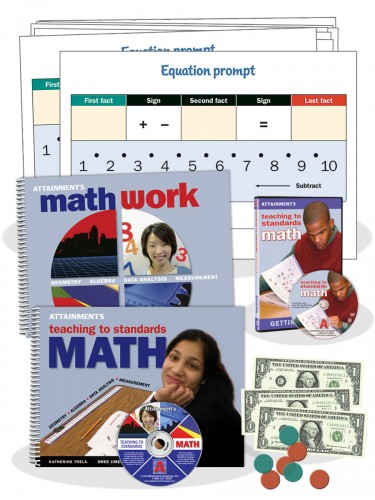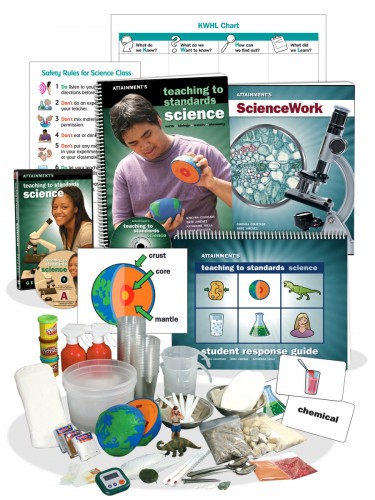Research has shown Teaching to Standards: English Language Arts to be highly effective in teaching skills that align to grade-level standards. The curriculum provides materials at three literacy levels: object/photo, concrete symbols, and text. Skill areas include persuasive writing, elements of story grammar, and research endeavors. The authors adapted 16 popular works (like Holes, Number the Stars, and Dragonwings) into simplified text with repeated story lines and symbol supports. Genres include fiction, nonfiction, plays, and poetry.
The 32 progressive lessons are scripted and incorporate evidence-based teaching procedures. They are organized into four theme-based units: Change, Values and Decision Making, Social Justice, and Global Awareness. These far-reaching themes help students grasp the big ideas as well as specific ELA skills.
This blended curriculum seamlessly integrates traditional formats, like books and manipulatives, with software and an iPad app. The blended approach helps you teach all your students effectively and creates an engaging learning process. In the software and app, students explore four works of nonfiction through a five-step instructional sequence: preview, vocabulary, read the book, comprehension questions, and story sequence.
Lesson Features:
- Appropriate for ages 12–21
- Accommodates multiple levels and response modes
- Aligned to Common Core State Standards
- Provides scripted lessons
- Embeds evidence-based teaching procedures
- Includes multiple types of adapted literature
- Describes multiple ways to accommodate for various student needs
Skills Taught:
- Develop vocabulary.
- Make a connection with the text.
- Generate opinions and support opinion with facts.
- Sequence 3 events.
- Write persuasively.
- Write a poem and an ending to a play.
- Research a topic and write facts about the topic.
- Identify mood, emotion, and writer purpose and intent.
- Identify story grammar elements: main character, setting, problem, and solution.
- Identify figures of speech: simile, metaphor, and onomatopoeia.
- Improve listening comprehension for literal recall, inference, analysis and main idea.
Right On Readers – provides 16 popular works of literature commonly used in the general education classroom, adapted with simplified text, repeated storylines, and symbol supports. The adapted literature includes fiction and nonfiction stories, poetry, theatrical scripts, and research endeavors. Spiralbound books, 140 pages and 180 pages.
Daily Writing Journal – features comprehension and opinion exercises linked to lessons. Students can write or use illustrations to compose entries. Spiralbound, 144 pages.
Student Response Book – provides teacher scripts and two response modes: symbols with text and text alone. Spiralbound, 172 pages.
Implementation Guide – details the evidence-based teaching practices embedded in the curriculum, relevant research findings, and a comprehensive scope and sequence. Spiralbound, 100 pages.
2 Teacher's Guides – focus on lesson plans with color-coded teacher scripts and appropriate student adaptations. Spiralbound books, 256 pages and 318 pages.
Assessment Response Book – provides documentation for student attainment of learning objectives. Spiralbound, 76 pages.
Graphic Organizers – offers three ready-made activity boards: KWHL Chart, T-Chart, and a Story Map.
Script Cards – 13 cards used to teach concepts repeated throughout the curriculum. Cards are two-sided so students can view definitions during teaching.
Card Set – 350 cards representing vocabulary and elements of story grammar are provided for each unit. They are color-coded by unit, but can also be organized by story grammar element, or by literacy level.
Electronic Files – a DVD includes all the reproducible material in the curriculum plus a Classroom License for printouts. All illustrations used in the student materials are provided in an image library, allowing you to use images for AAC devices, to create additional materials for students who eye gaze as a response, or to provide response options for the Daily Writing Journal.
-
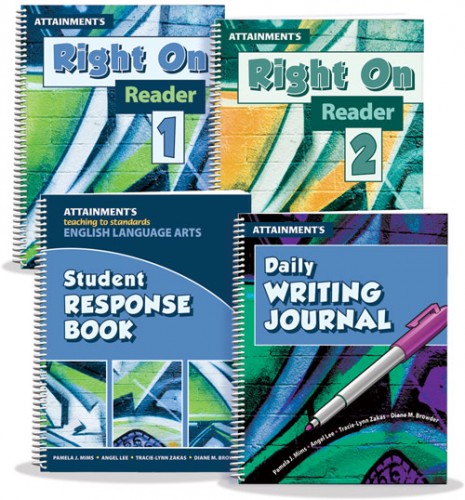
Teaching to Standards
English Language Arts
Curriculum
consumable
$349.95*Special order item (delivery delay possible)
-
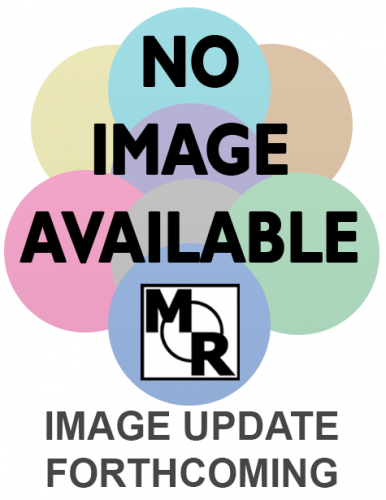
Teaching to Standards
English Language Arts
Curriculum Plus
$699.95 -
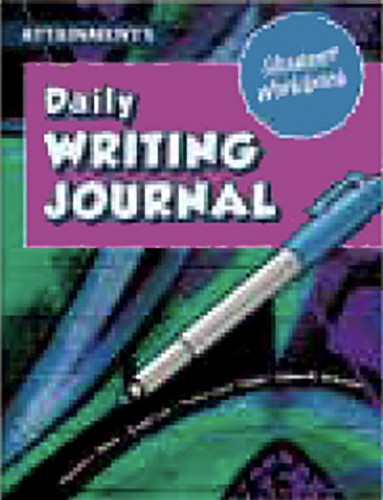
Teaching to Standards
English Language Arts
Daily Writing Journal (10-pack)
Student Workbook
10 consumable workbooks
$94.95 -
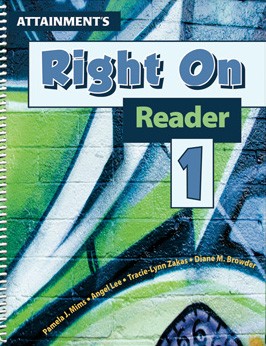
Teaching to Standards
English Language Arts
Right On
Reader 1
$34.95 -
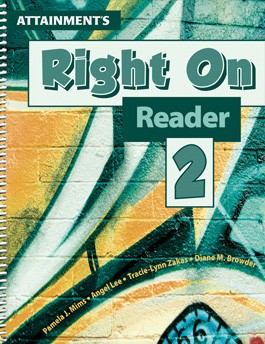
Teaching to Standards
English Language Arts
Right On
Reader 2
$34.95
No additional information available for this item.

 Proud to be Canadian
Proud to be Canadian